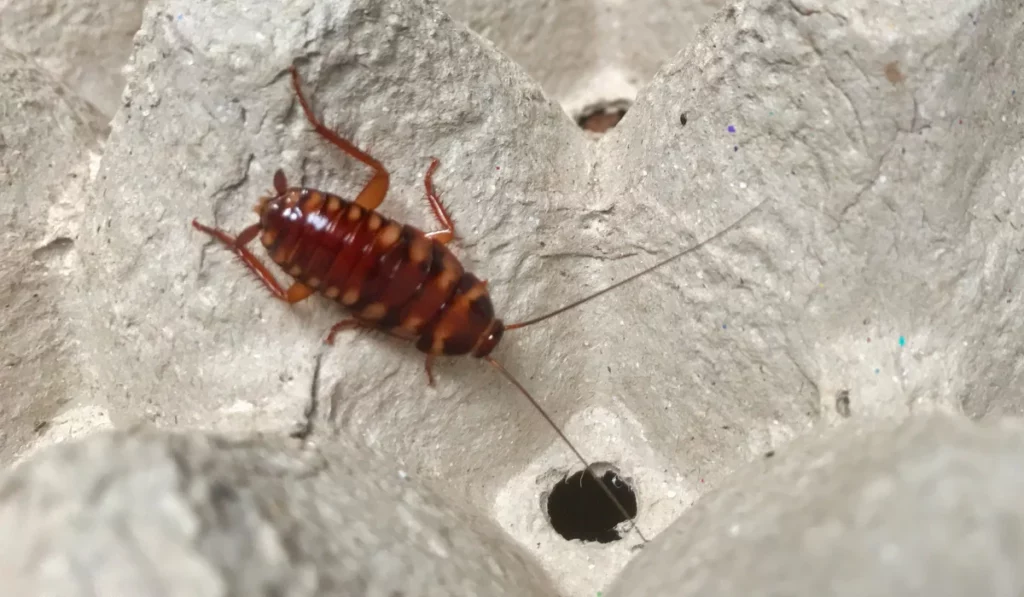Ever wonder why you see so many flying ants in San Diego during certain times of the year? Flying ants swarming in San Diego usually suggests the start of their mating season.
This natural phenomenon can leave many curious or even concerned as these swarms invade neighborhoods. Keep reading to find out why it is a hotspot for these flying insects.
Key Takeaways
- Flying ants in San Diego can signify a carpenter ant problem, which can damage wooden structures, especially if the wood is wet or rotting.
- Flying ants are not usually dangerous but can cause allergies and bother pets and people.
- Flying ants are only seen during their mating season, which occurs on warm, humid days after rain.
- You can prevent flying ants by blocking entry points, keeping your yard clean, and calling a pest control service if needed.
Are Flying Ants a Problem in San Diego?
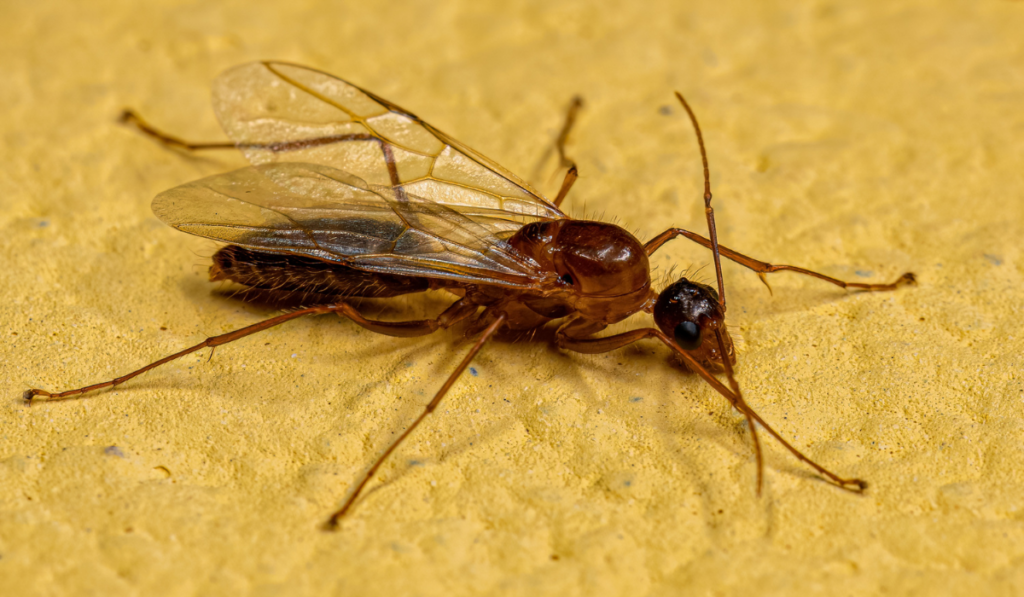
Flying ants can become quite a nuisance when they emerge, especially during their swarming season. Two main issues they may cause in San Diego include potential damage to wooden structures and health risks to humans and pets.
Potential Damage
Flying ants from certain species, like carpenter ants, can cause structural damage. These ants don’t eat wood but excavate it to build their nests, especially in moist, decaying wood found in attics, basements, and poorly ventilated areas.
Health Risks
While flying ants with elbowed antennae aren’t typically dangerous, their presence can trigger allergies in some individuals. While most flying ants don’t bite, certain species can cause mild irritation if they do. However, their bites are much less harmful than stings from insects like wasps.
Why Do Ants in San Diego Grow Wings?
San Diego’s ants often grow wings for a key life event. During specific times of the year, typically in warmer months, these winged ants prepare for nuptial flight. It is when male and female swarmers take to the skies to mate.
After mating, the winged male ants usually die. The fertilized female ants, also known as queens, lose their wings and start looking for a new site to establish a colony.
The queens then find a suitable location, shed their wings, and lay the foundation for a new colony. This life cycle ensures the continuation and expansion of the ant population.
They are generally only seen during the mating season. The rest of the year, they are busy working in their colonies.
How to Know If You Have a Flying Ant Problem
Flying ants can be troublesome in San Diego, and identifying them early can prevent a larger headache. Understanding their physical features and the signs of an infestation is crucial.
Spot Flying Ants by Their Physical Features
Flying ants, often called alates, are ant colony members with wings. They are usually seen in the warmer months. They can be mistaken for termites, but key differences exist.
Here’s how to tell them apart:
| Physical Features | Flying Ants | Termites |
|---|---|---|
| Antennae | Bent antennae | Straight antennae |
| Waist | Pinched waist | Broad waist |
| Wings | Hind wings smaller than front wings | Wings are of uniform size |
| Body Structure | Segmented body: head, thorax, and abdomen | Less defined body segments |
Look for Signs of a Flying Ant Infestation
Spotting flying ants inside your home often points to a larger issue. To confirm their presence and prevent the infestation from spreading, watch for these key signs:
- Watch for discarded wings: After mating, flying ants shed their wings, often leaving small piles near entry points or windows. This is a strong indicator of their presence.
- Follow the trails: Flying ants may use the same pathways as worker ants. If you spot ants marching along established routes, it could lead you to their nesting areas.
- Inspect for frass or debris: Look for tiny piles of wood shavings or waste material near potential nest sites. These remnants are telltale signs of an active infestation.
How to Prevent Flying Ants in San Diego
Homeowners can take several practical steps to keep these pests at bay. This approach to ant control is divided into three parts: home upkeep, yard maintenance, and professional pest control.
Keep Up with Home Maintenance
Consistent home maintenance can greatly reduce the risk of a flying ant infestation. Start by sealing entry points, such as gaps around windows, doors, and walls, to keep ants from getting inside.
Make sure to store food in airtight containers and clean up spills immediately to remove potential food sources. Regularly check for cracks or crevices in the walls or foundation where ants could nest. Applying ant-repellent products like borax to these areas can prevent ants from settling in your home.
Do Yard Maintenance
Proper yard maintenance is a vital part of pest management. Start by trimming overhanging tree branches and shrubs that touch your home. Clear away any decaying wood and debris, as these materials become nesting sites.
Keep your lawn well-maintained. You can also create a simple dish soap solution to spray on ant trails or nests to disrupt their movement temporarily. As an extra precaution, consider spreading diatomaceous earth around your yard.
Hire Professional Pest Control Services
If DIY methods don’t seem to work or the infestation is too large, consider professional pest control services. They can identify the specific nesting sites and use targeted treatments to solve the problem. Opt for experts familiar with the local climate and species of ants.
Besides ants, do you need help with other critters, such as fleas, bed bugs, and termites? Visit our website for a free estimate wherever you are in Northern and Southern California!
 1st pest control service just $49. Must schedule service online.
1st pest control service just $49. Must schedule service online.

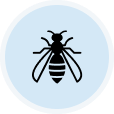
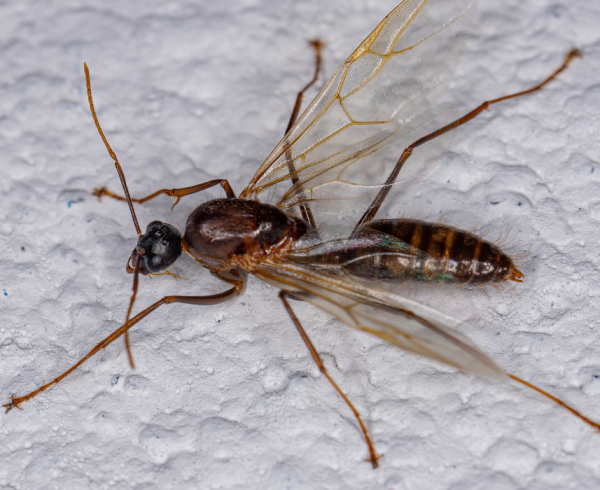
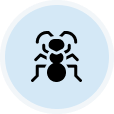
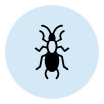

 You’re supporting a small, local business
You’re supporting a small, local business

